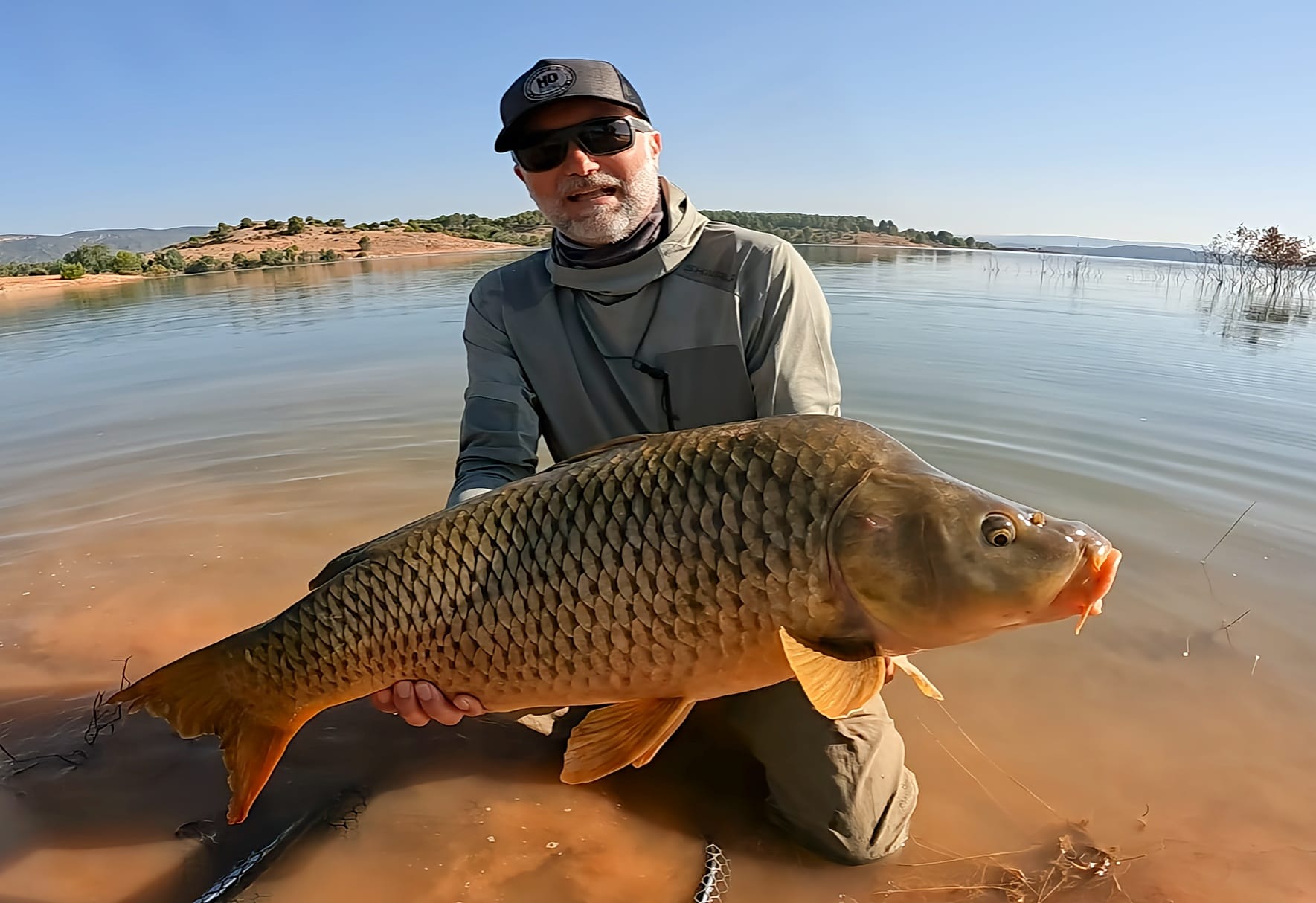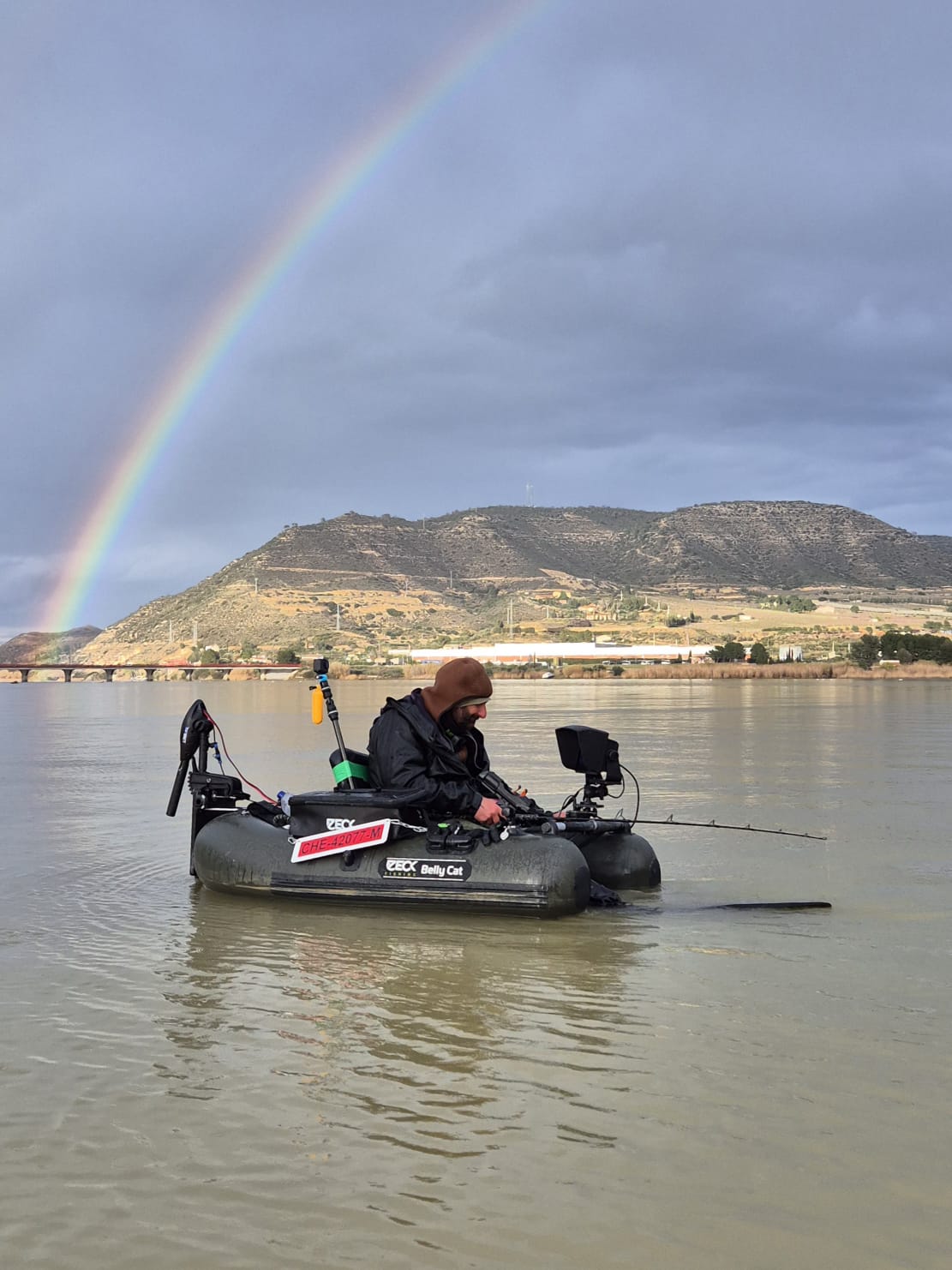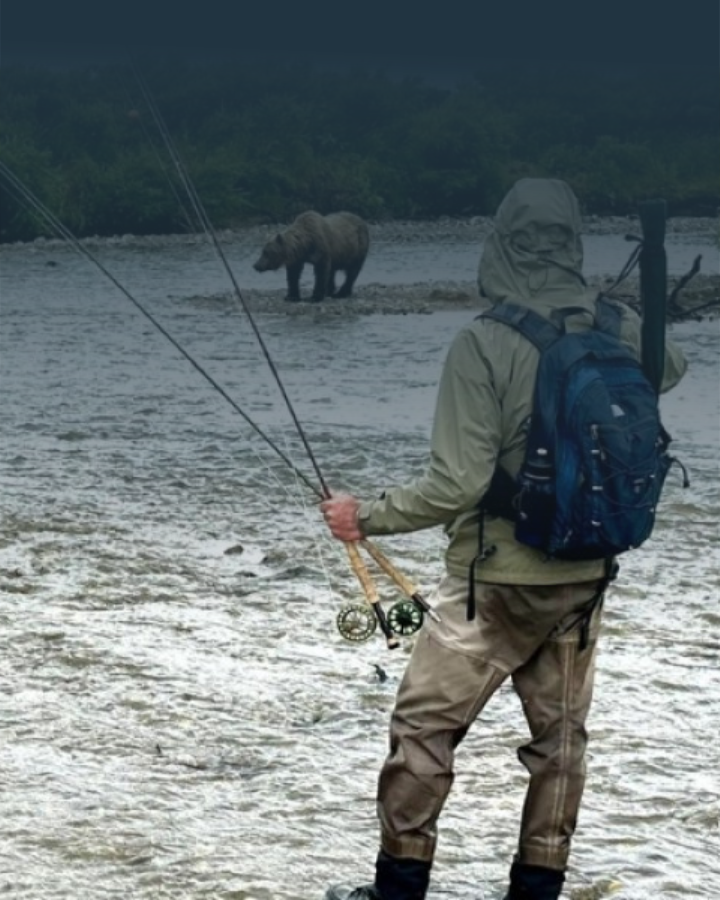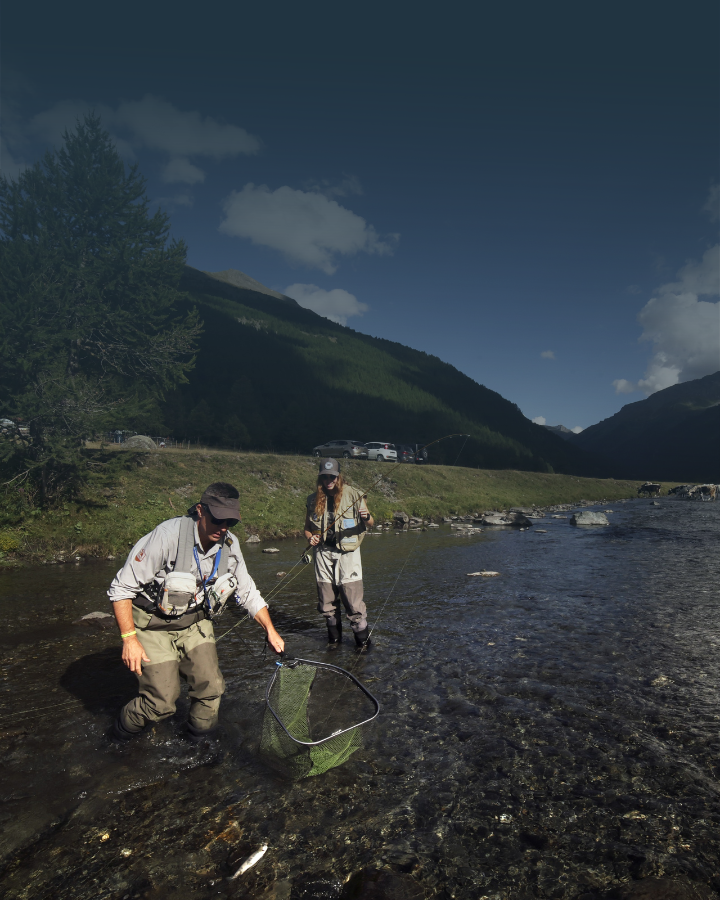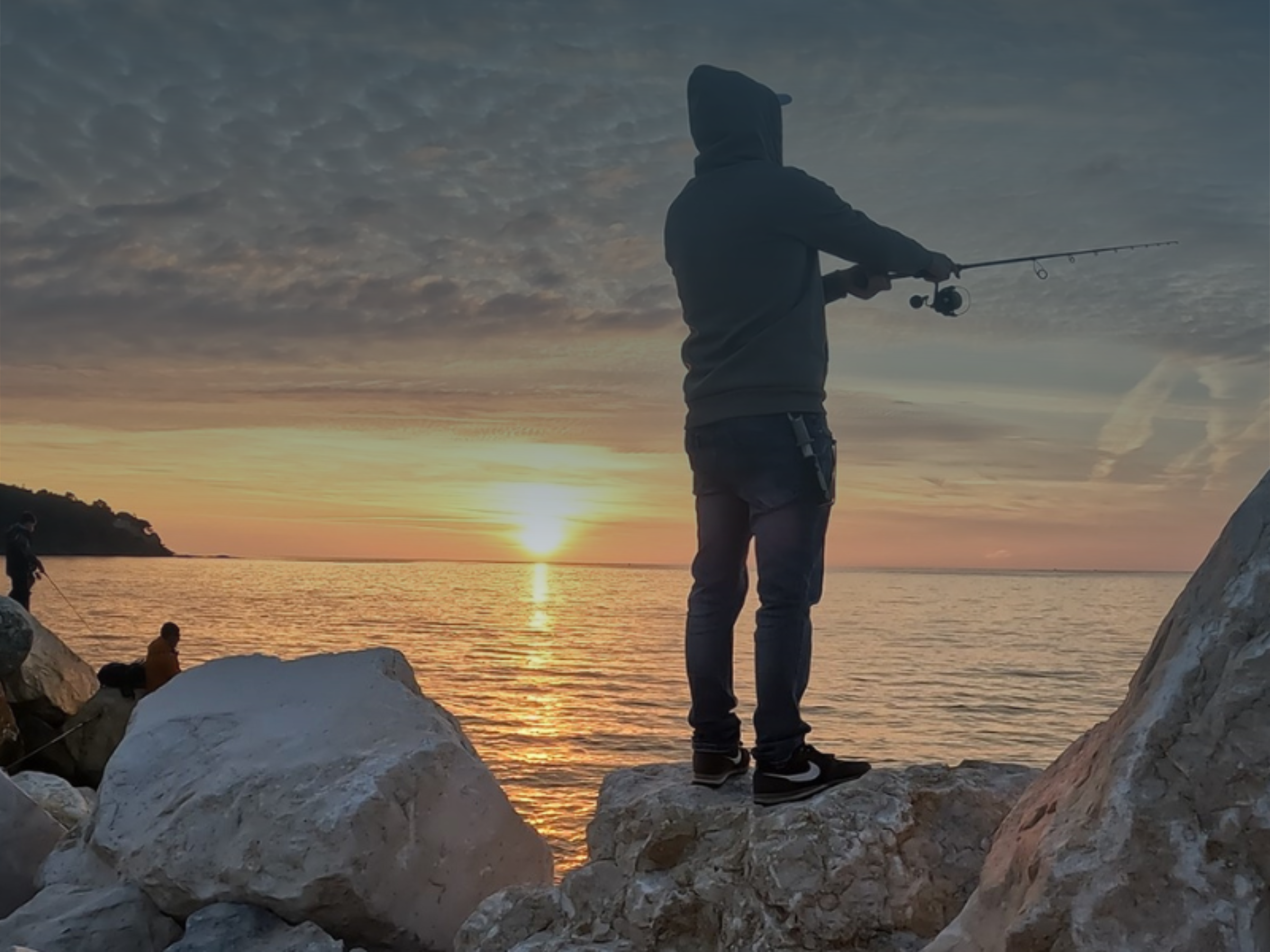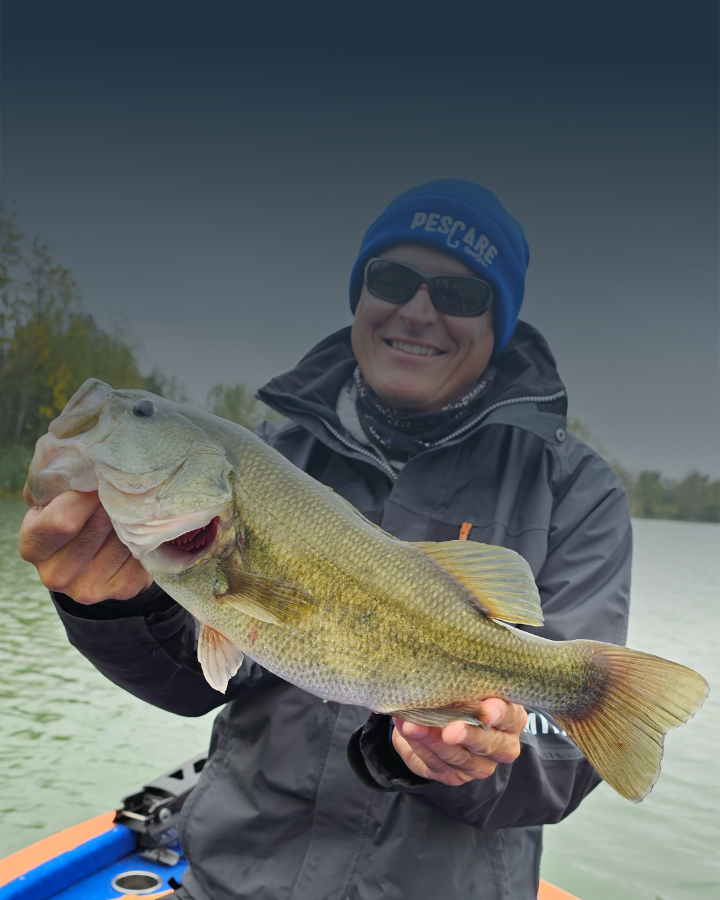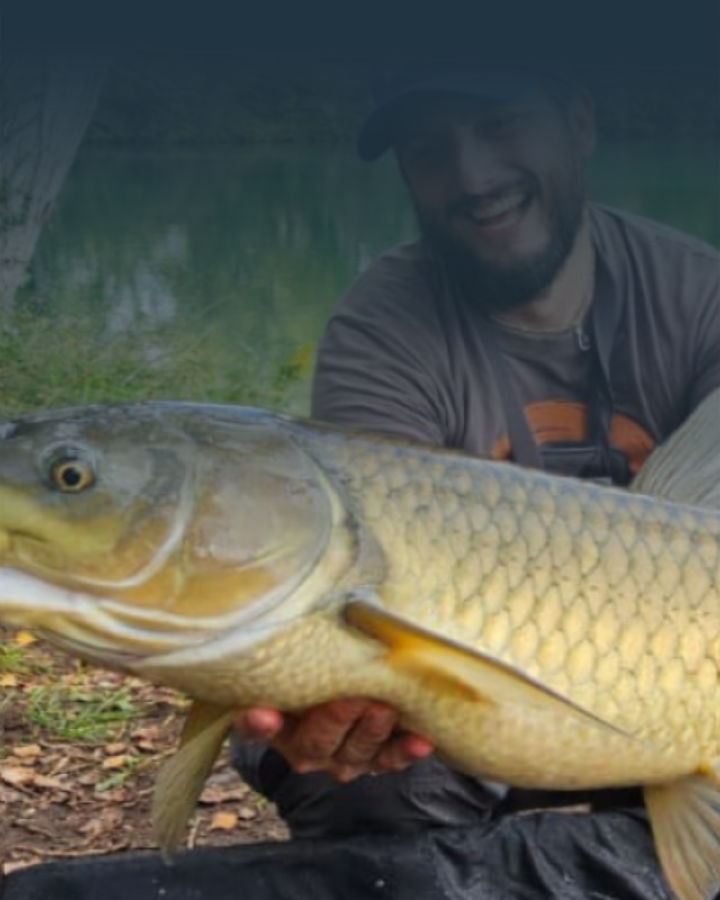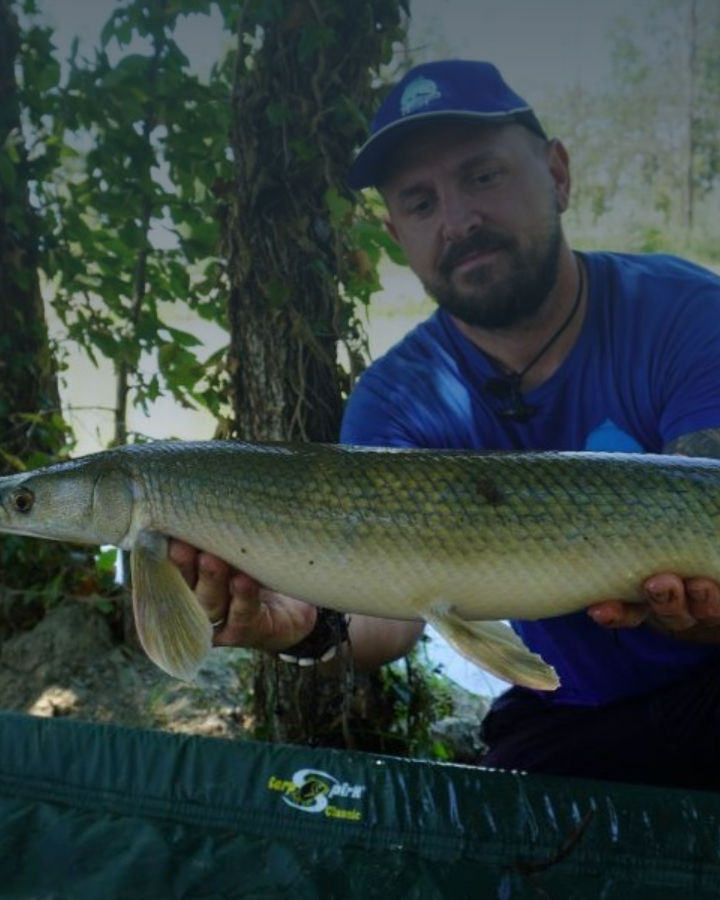Fishing for cuttlefish from a boat is one of the most entertaining angling activities there is.
It’s something that can be done without the need for large boats, since the best fishing grounds are those just off the coast.
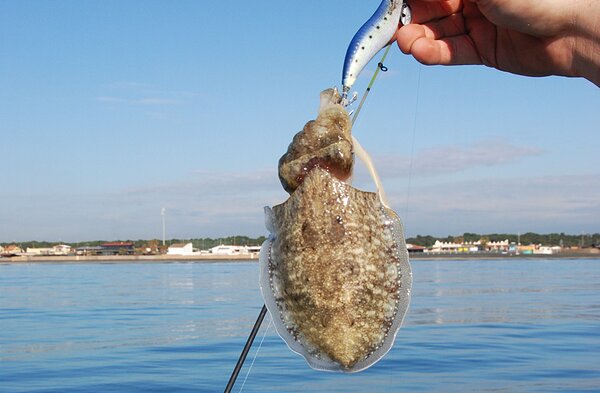
Moreover, it doesn’t require sophisticated equipment, making it a type of fishing accessible to everyone.
Cuttlefish are typically found in waters up to about twenty meters deep, where this voracious predator can be targeted.
In this article, we’ll cover the basics of the technique, aimed especially at those who want to try this adventure for the first time and challenge one of the most prized cephalopods in Mediterranean cuisine.
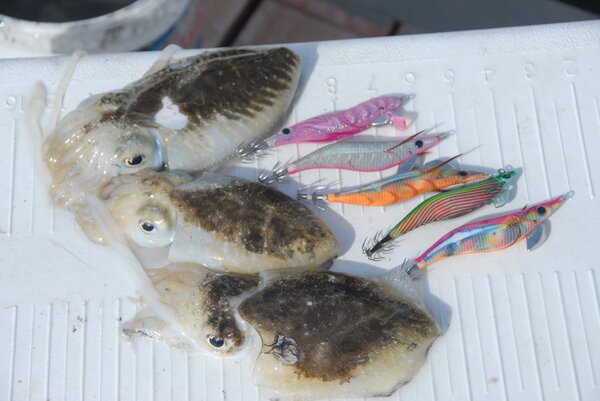
First of all
To understand the fishing technique and its purpose, we must first take a brief look at the cuttlefish’s hunting habits.
Cuttlefish are active predators that feed on anything living close to the seabed. Their main prey includes crabs, shrimp, small mollusks, and little fish.
Their most frequent catch, however, is shrimp — which is why the lure used to target Sepia officinalis closely resembles a shrimp.
These are the tricks we’ll use to attract these little “armored tanks” of the sea.
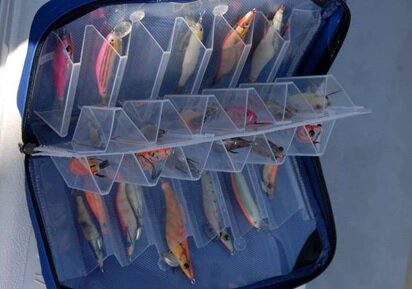
Being well equipped is important, as it allows us to experiment with the most effective lures.
Rod and reel
There are specific rods made for this kind of fishing, many of which are quite affordable. However, for beginners who simply want to understand the technique, a spinning rod will do just fine.
The key is to choose one that’s neither too soft nor too stiff. A reel in the 3000–5000 size range is ideal, spooled with 8–12 lb braided line of small diameter.
A thin line minimizes drag in the water, allowing the use of lighter sinkers.
It’s also worth noting that fishing can be done without a rod and reel — simply by hand. In this case, use about fifty meters of 0.45 mm nylon wound around a spool, with a thinner leader so as not to affect the shrimp lure’s movement.
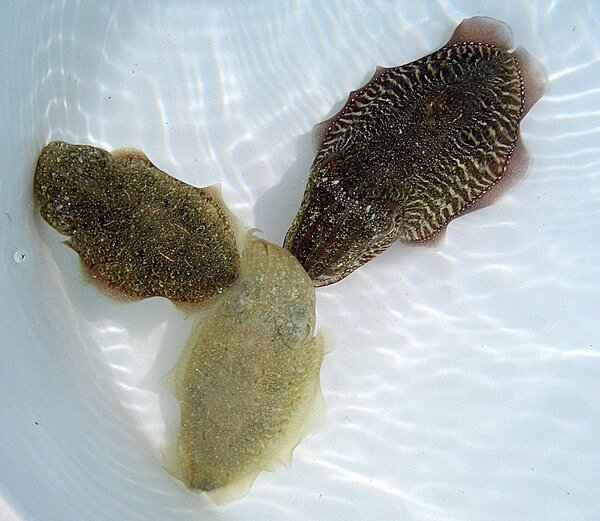
Cuttlefish, although they are very aggressive predators, are also extremely cautious about the bait that is presented to them
Rigs
Over time, many different rigs have been developed, starting with the classic setup: a simple lure without additional sinkers, ideal for very shallow waters.
For completeness, we’ll describe all the main steps and focus on the most modern setups.
1. The traditional rig – A time-tested classic still favored by traditional anglers.
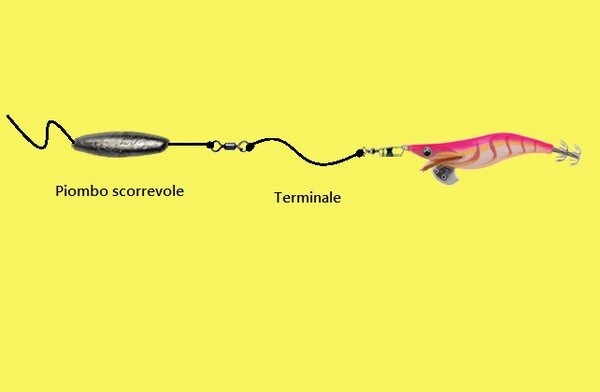
2. The weighted rig – A less common variation that uses small drop- or ball-shaped sinkers attached to the lure’s snap swivel or directly to the lure itself. This changes the shrimp’s swimming action, making it move in a more hopping manner with its tail raised — sometimes this subtle change makes all the difference, and it also reduces the risk of snagging on the seabed.
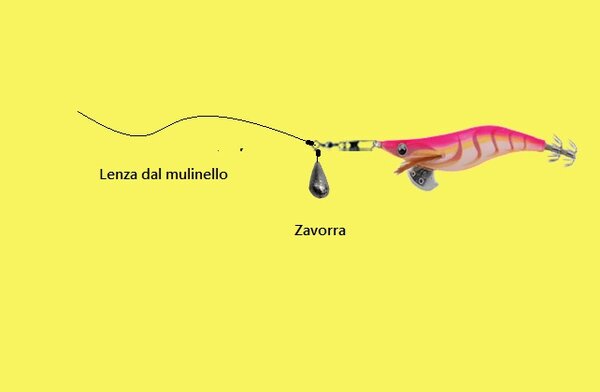
3. The drop-shot rig – A more recent solution that keeps the lure suspended above the bottom rather than dragging along it, which has proven highly effective.
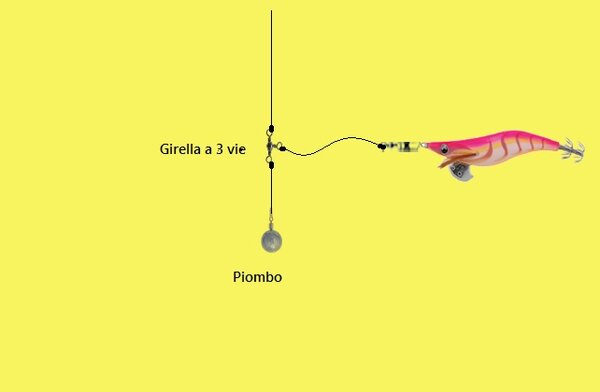
The diagrams are only indicative, as anglers often adapt the setup by adjusting dimensions, adding anti-tangle arms, fixed sinkers, and other custom touches.
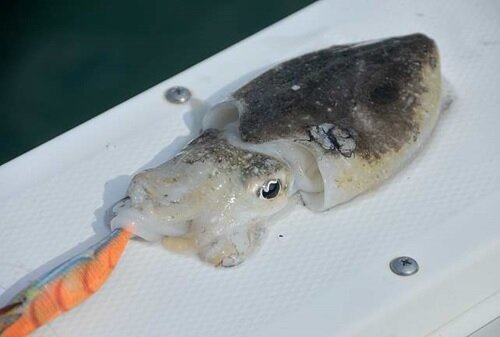
Cuttlefish are great fun to fish for
Lures
You can’t go wrong buying lures from reputable brands.
Though more expensive than low-cost alternatives, the higher price is justified by better performance and superior materials — especially in how the lure behaves in the water and in the sharpness of the crown hooks.
Cheaper lures quickly lose their point, increasing the risk of losing your catch.
Therefore, it’s a good idea to have both realistic and fantasy-colored shrimp lures.
There are no universally “good” or “bad” colors — preferences change depending on water clarity, light, and other conditions.
It’s always wise to vary not only the colors but also the sizes of your lures.
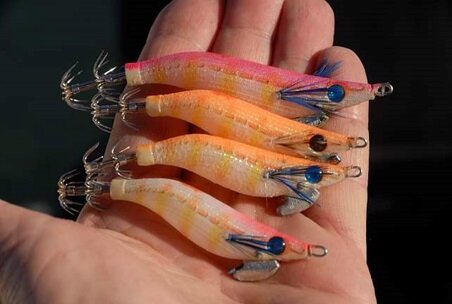
When choosing your assortment of lures, it’s best to vary not only the colors but also the sizes
Technique
During cuttlefish season, finding fishing spots is easy — just look for where other boats are fishing.
The wind-driven drift of the boat will help us cover ground. Observe the drift direction and choose your starting point accordingly.
Once the lures are in the water, let them sink to the bottom while releasing enough line to keep them close to it.

We are the puppeteers: make the lure “dance” with small jerks, quick escapes, and short pauses on the seabed.
When the first strike happens, you’ll immediately recognize it. Then, reel in smoothly but steadily until the catch is in your net.
And that’s all there is to it!

